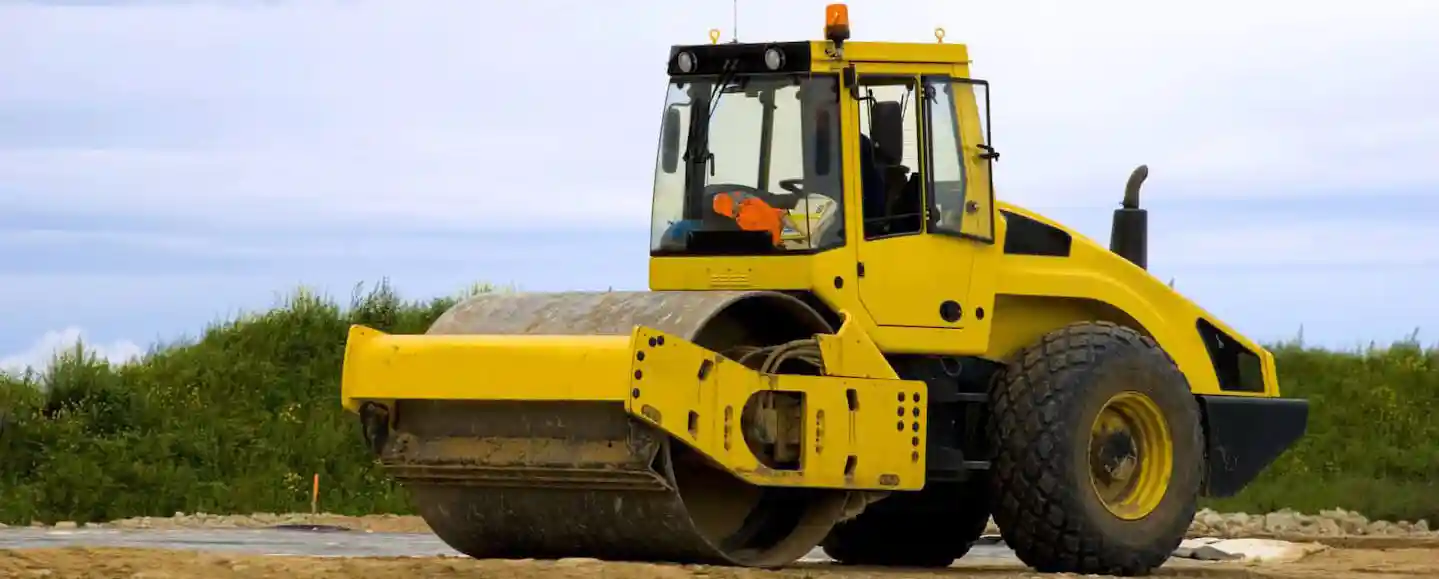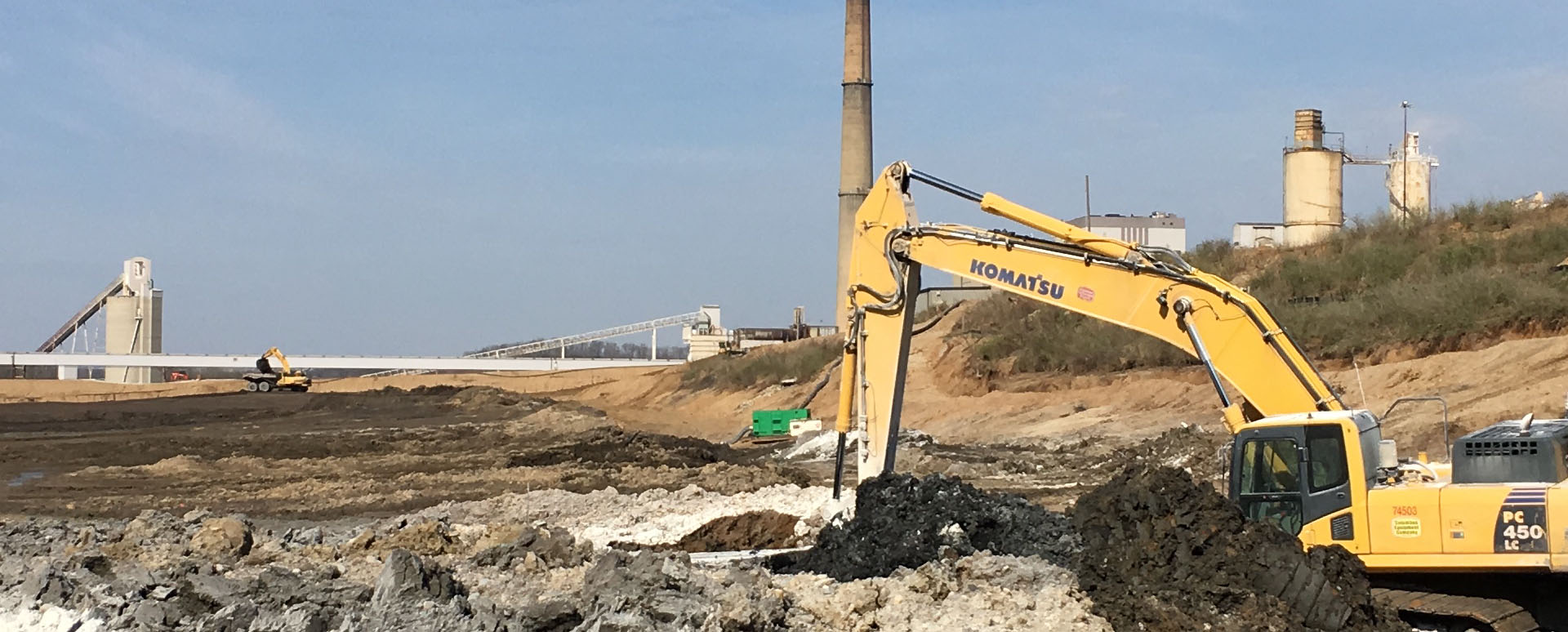Solutions
Soil Drying
Why is Soil Drying Needed?
On an active jobsite, wet soil can be the difference between hitting your deadline or losing time and money. Contractors and project owners are required to stay on schedule and on budget while achieving the geotechnical specifications for sub-base soil strength and compaction, regardless of ambient weather conditions. During rainy seasons, or for soils with high moisture, achieving optimum moisture content and compaction can prove difficult, especially during long periods of cold, wet, or snowy weather. The use of lime-based reagents will accelerate the drying of soils regardless of ambient conditions.
Benefits of Soil Drying
The impact of water in the process of soil compaction cannot be overstated. To ensure the long-term integrity of the pavement structure, the sub-base soils must reach certain criteria for strength and compaction. Soils with too much moisture contain voids that fill with water and compress when weight is applied, creating instability and increased risk of shrink / swell. Oversaturated soils are impossible to compact and achieve the strength required for most job site specifications.
Drying reagents, such as quicklime and Calciment® LKD, can be used to adjust the moisture and improve the workability of problematic soils. When encountering wet site conditions, lime-based reagents accelerate drying with heat generated through exothermic hydration reactions. Additional benefits include reduced plasticity when cations (Ca++ & Mg++) react with clay particles to chemically modify soil. By modifying the properties of clay-based soils, the compaction and stability of the soil are improved, and shrink / swell potential is minimized. Lime-based reagents also provide enhanced bearing capacity and a long-lasting sub-base structure via short and long-term strength gains thanks to cementitious properties. What’s more, chemical drying with lime-based products provides significant cost savings vs. alternative reagents or remove and replace methods.
How to Use a Soil Drying Agent
Lime-based drying reagents, such as Calciment® LKD, also known as lime kiln dust, and quicklime, will help quickly dewater wet soils to reach optimum moisture content (OMC). The reagent is applied at a pre-determined dose rate (typically 2%- 5% depending on soil conditions), mixed into the soil and hydrated. Hydration is required to create the exothermic chemical reaction that generates heat. The substantial heat generated by our lime-based solutions drives the reaction of our products even in cold soil, drying it to your desired moisture and keeping your job on schedule. In extreme cases, our lime-based products have been used to thaw frozen soils.
In addition to heating and drying, the unique chemistry of lime-based products will also stabilize clay soils and dramatically improve their properties. Improvements include reduced plasticity, increased short- and long-term strength, enhanced workability, decreased swell potential and added protection against loss of compaction from future wet-dry and freeze-thaw cycles.
Optimum Moisture Content: Drying with Mintek’s Drying Reagents
The determination of maximum dry density and optimum moisture content of soil is based on the compaction levels of the soil. A geotechnical testing laboratory can help determine the optimum moisture content using test methods including a Standard Proctor Compaction Test and/or a Modified Proctor Compaction Test. Lime-based reagents will decrease the moisture in the soil and increase the optimum moisture content for better strength and compaction. A proctor should be performed on treated soil in the field to verify on-site compaction.
Related Blog Posts
More on Soil Drying
Tariffs Disrupt Construction: Lime Keeps Projects Moving
Tariffs are reshaping the construction landscape. From cement and steel to aluminum and other essential materials, shifting trade policies are creating ripple effects across the industry. Even when prices hold steady, the uncertainty around future costs and sourcing...
Soil Compaction: Methods, Meaning, and Effects
What is Soil Compaction? Soil compaction is the practice of applying mechanical compactive effort to densify a soil by reducing the void space between soil particles. Compaction occurs when particles are pressed together to reduce the space between them. Highly...
Sludge Drying Overview
What are Some Common Difficulties Associated with Sludges? The term “sludge” generally refers to the residuals that remain after industrial and commercial processes, such as the treatment of biosolids, drinking water, and wastewater. In addition to potential...


